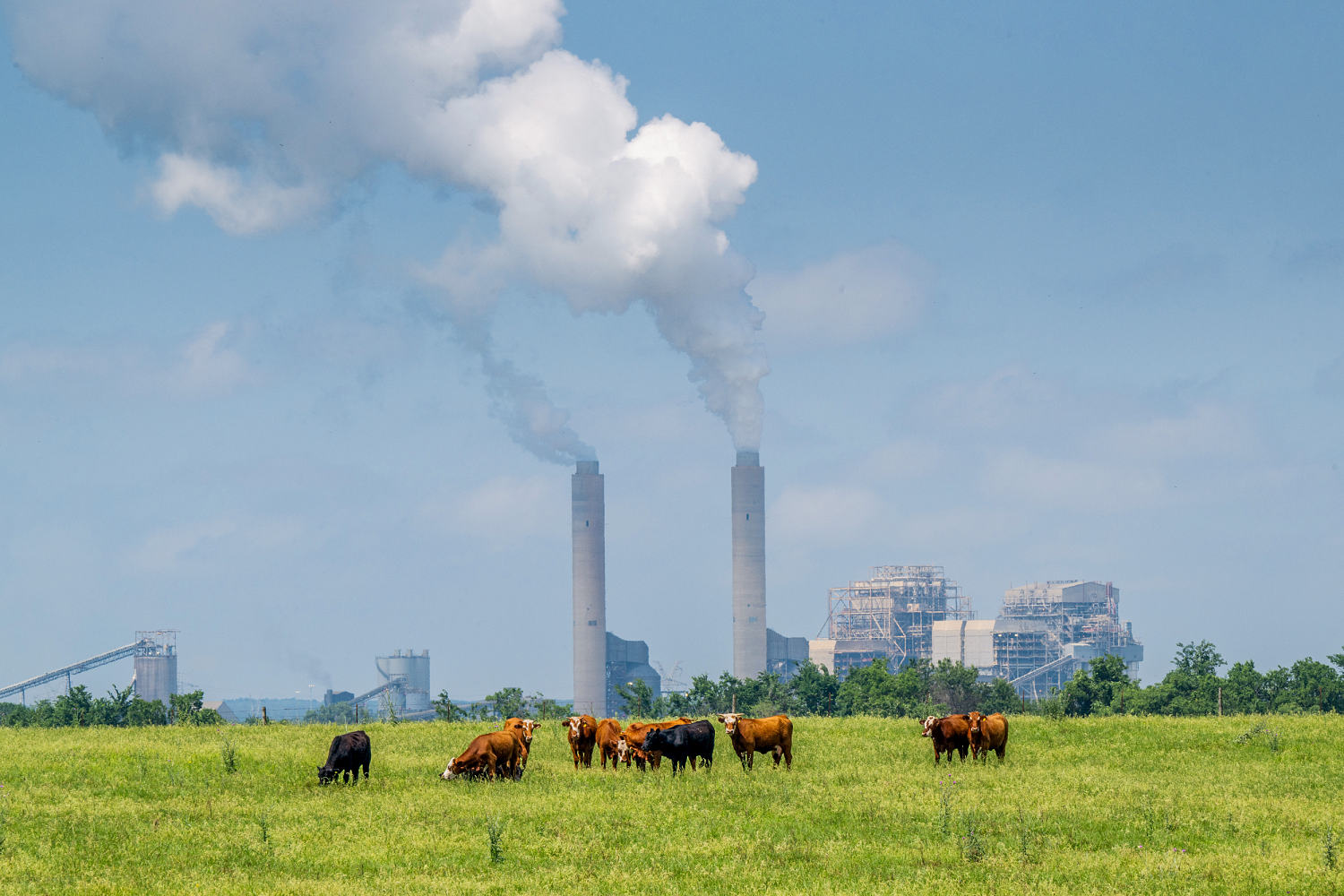
WASHINGTON—The Supreme Court on Wednesday allowed the Biden administration at least in the short term to enforce its latest attempt to curb climate-harming carbon emissions from coal- and gas-fired power plants that contribute to climate change.
The court, which has a 6-3 conservative majority, rejected emergency requests brought by Republican states led by West Virginia and various industry groups seeking to block the regulation.
The brief court order noted that conservative Justice Clarence Thomas would have granted the application while fellow conservative Justice Samuel Alito did not participate.
Justice Brett Kavanaugh, joined by Justice Neil Gorsuch, wrote a brief statement saying that the applicants “have shown a strong likelihood of success on the merits as to at least some of their challenges.” But he added that there is no need for the court to step in at this stage because the first compliance deadlines do not kick in until June.
The case will now continue before the US Court of Appeals for the District of Columbia Circuit. After that court rules, the issue could come before the justices again.
Under the proposed rule, the Environmental Protection Agency wants to require “carbon capture,” a technique that uses solvents to remove carbon dioxide from a power plant’s emissions.
The carbon dioxide, a greenhouse gas that helps drive climate change when emitted, is then transported by pipeline and stored underground.
If Donald Trump wins the election, his administration could seek to rescind the plan.
The measure marked the latest effort by the Biden administration to limit such emissions following the Supreme Court‘s 2022 ruling that curbed the EPA’s authority to regulate them under a provision of the Clean Air Act called Section 111.
The court said at the time that the provision only allowed the EPA to regulate individual plants and could not be used to spur a broader shift to renewable energy. In doing so, the court invoked the “major questions” doctrine, as it has in other recent cases, finding that the EPA could not find authority for such a broad regulation in a section of the Clean Air Act that did not specifically address the issue .
The challengers in the new case are bringing a similar claim.
The US Court of Appeals for the District of Columbia Circuit in July declined to block the regulation, saying the major questions doctrine did not apply on this occasion. The new regulation is focused on setting emission limits for individual plants, “a type of conduct that falls well within EPA’s bailiwick,” the court found.
In court papers, the challengers sought to portray the new regulation as being essentially the same as the one the Supreme Court struck down.
“Once more, EPA looks to Section 111 to justify imposing major, jarring shifts in the nation’s power market,” West Virginia Attorney General Patrick Morrisey wrote. He questioned whether carbon capture is possible to implement quickly or without huge costs.
Carbon capture is an “important emerging technology … but it’s not feasible on the rule’s scale or timeline,” he said.
Solicitor General Elizabeth Prelogar defended the government’s actions in her response, saying that the agency had clear authority to issue the regulation. The administration has the backing of democratic-leaning states and some major power companies.
“EPA acted reasonably in concluding, based on hundreds of pages of scientific and technical analysis, that the carbon-capture system has been adequately demonstrated and that standards of performance based on that system are achievable,” Prelogar wrote.
Prelogar also noted that the affected plants would not have to comply until at least 2030.
The Biden administration has made carbon capture a key part of its efforts to tackle climate change. The 2022 Inflation Reduction Act included a major expansion of a carbon capture tax credit to make the process more economically viable.

